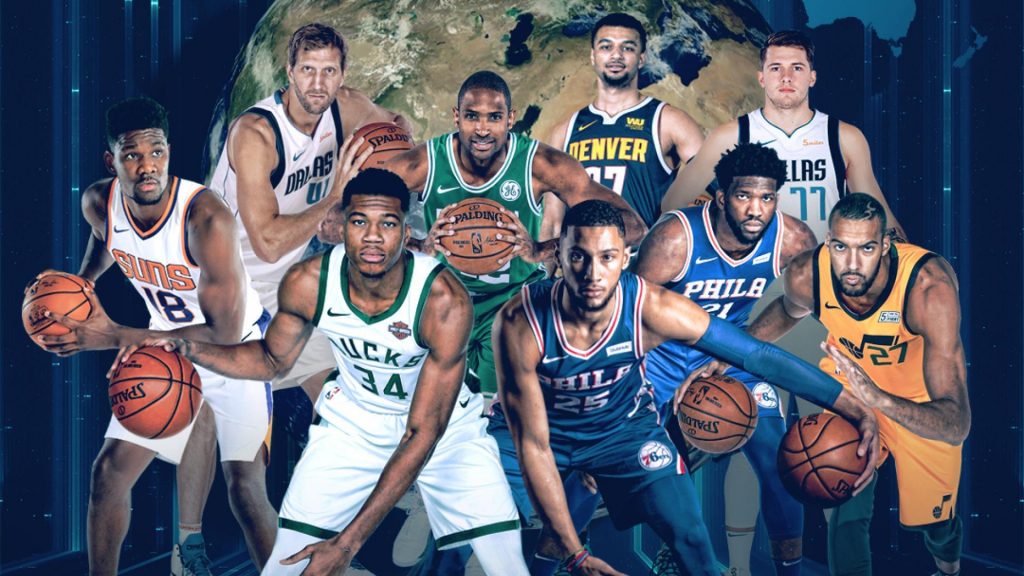
It’s November 1st, 2019. Staples Center. The final buzzer sounds. Wow.
The Lakers beat the Mavericks in overtime, but that’s far from the point. LeBron James doesn’t celebrate the victory. Instead he beelines to Luka Dončić. The two have just become the oldest and youngest players ever to log a 30 point, 15 assist triple double, and they did it in the same game.
The public will never know the words that they shared. Both players are seasoned veterans despite the 14 year age gap and make sure their mouths are covered from the lip-reading experts of Twitter and YouTube. I can’t help but think Dončić is in contention to receive the torch from LeBron whenever the time comes.
For 25-year-old Giannis Antetokounmpo, the time is now. The Greek Freak and his Bucks are ready to contend for a title. Before the league-wide Coronavirus suspension, Giannis seemed ready to yank the throne away from LeBron. He was certainly knocking on the door.
Regardless, the future of the league is in good hands — a phrase you rarely heard only two or three years ago when Luka Dončić was an 18-year-old playing in Europe, when Giannis Antetokoumpo was entering his prime with a lot of promise, but not LeBron-like production.
Now the league has a clear future, and that future is increasingly international. Luka Dončić (Slovenia), Giannis Antetokounmpo (Greece), Ben Simmons (Australia), Joel Embiid (Cameroon), or an unknown teenager playing pickup in Paris likely believe they are the rightful heir to King James’ throne. As do Zion Williamson, Ja Morant, Trae Young, and Jason Tatum, who headline the always stellar stable of stateside hoopers.
Either way, the NBA is entering an unprecedented era. The future faces of the league may very well be foreign-born — or at least a lot of them. Before we know it, the National Basketball Association may have an entirely different look: The International Basketball Association.
Part 1
“We Were Literally FedExing Videotapes of Games Overnight”
How did the NBA become the first truly international American sports league? It’s a question I’ve found myself asking over and over again, and a question that doesn’t seem to have an immediate and logical answer. Other American sports leagues seem to have equal, if not better, pathways to international success.
The MLB is semi-international with rabid fanbases and emerging prospects throughout the Caribbean, South/Central America, and Japan. In these countries baseball is the sport, the same way soccer is throughout much of the world.
Football is the number one sport in the United States, yet the NFL struggles greatly with reaching diverse international fanbases and developing international prospects. The NFL has recently created a program with hopes of addressing these issues, but the effects are still in their infancy. More on that here.
Basketball is different. According to Sports Show, looking past some of the Balkan States and the Philippines, it is increasingly difficult to find countries where basketball is the number one sport. While there haven’t been any thorough analyses of the worldwide sports scene and individual sport popularity on a global scale, Sports Show — and a simple Google search — say that basketball is the third most popular sport in the world behind soccer and cricket based on the number of sheer fans.
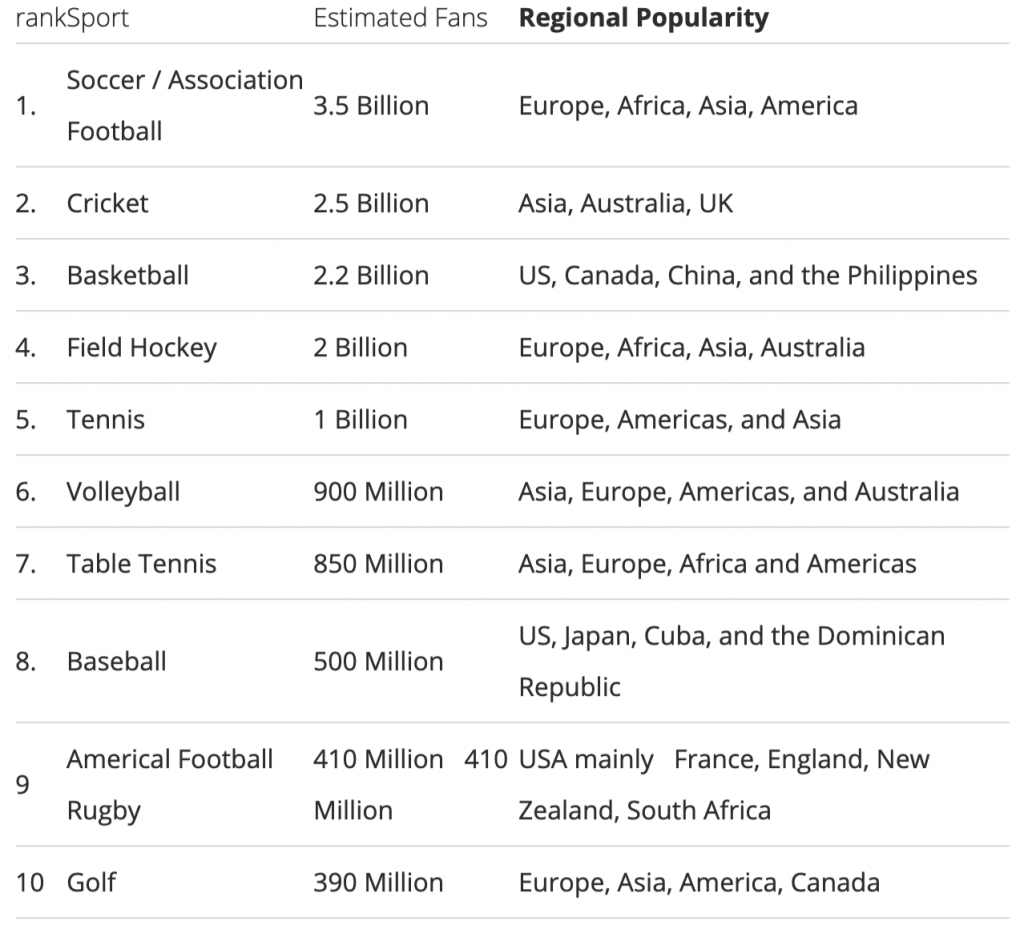
Backtrack 40 years, however, and you will find that basketball is nowhere near cracking the top ten globally. Backtrack 20 years, and you will see basketball as an emerging sport on a global scale with lots of potential, yet nowhere near today’s level of international acclaim or fandom.
David Denenberg, Senior Vice-President of Global Media Distribution & Business Affairs for the NBA, believes that the late David Stern, commissioner of the NBA from 1984 to 2014, deserves much of this credit. “[Stern] made sure that we were getting games out, distributed internationally and beyond. We were literally FedExing videotapes of games overnight. When I first got to the NBA [in 1995], we were doing this with a bunch of different countries. [Stern] thought it was important to get exposure to the league and he thought we could build a fan base, based on that. And that certainly came to fruition. We now have deals in over 200 countries and multiple languages, but that all started from just making sure the product got out there.”
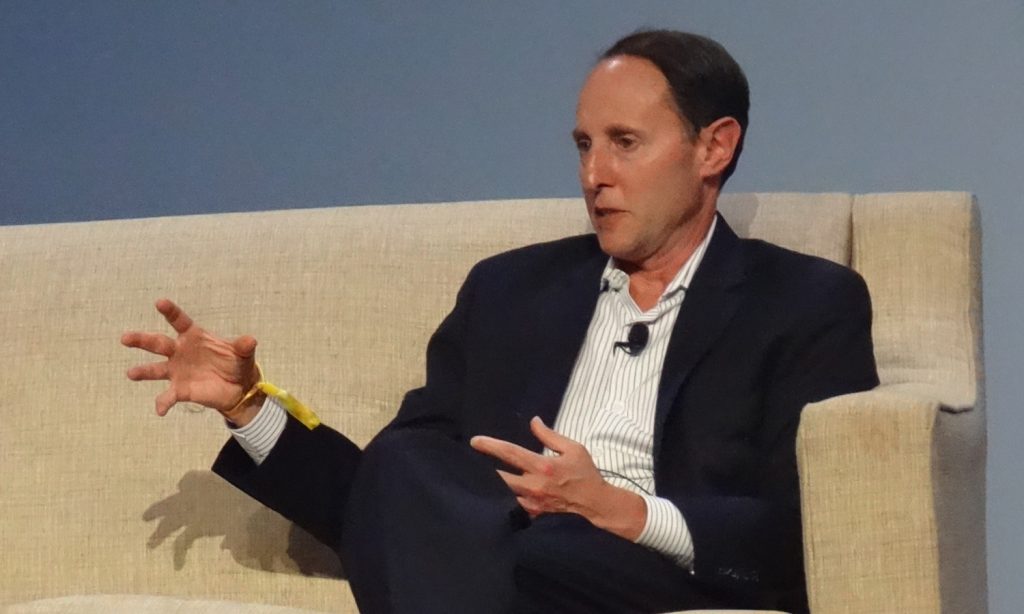
Denenberg is not alone in his praise for Stern. SportsCenter anchor Scott Van Pelt touted Stern as “not only one of the greatest sports commissioners of all time, but also one of the greatest businessmen of the last century.” Stern’s business first mindset propelled the NBA into the global sports stratosphere in a way few, if any, could have predicted.
Of course, there was far more to Stern’s business plans than overnight-shipping game tapes to faraway places in the 80s and 90s. Stern also launched a program called Basketball Without Borders (BWB).
Inaugurated in 2001, BWB was a joint program launched between the NBA and FIBA – The International Basketball Federation – in association with the United Nations. According to the UN, the program was originally billed as a “summer camp for 12-14-year-olds designed to promote friendship and understanding through sport.” The first camps focused on peace and harmony between youths of warring countries in the Balkan Peninsula.
Come 2003, BWB evolved into its current form, a true basketball development camp. “We essentially send NBA legends and coaches to Africa, and other countries, to run clinics for the top local players there,” said Denenberg.
To say that BWB has been a success would be an understatement. The NBA and FIBA have staged 52 camps in 32 cities in 27 countries on six continents, according to the NBA. The program has reached more than 3,000 participants from 133 countries and territories. Sixty-nine BWB graduates have played in the NBA. Notable past attendees include Pascal Siakam, Joel Embiid, Gorgui Dieng, Enes Kanter, Nikola Mirotić, and Marc Gasol.
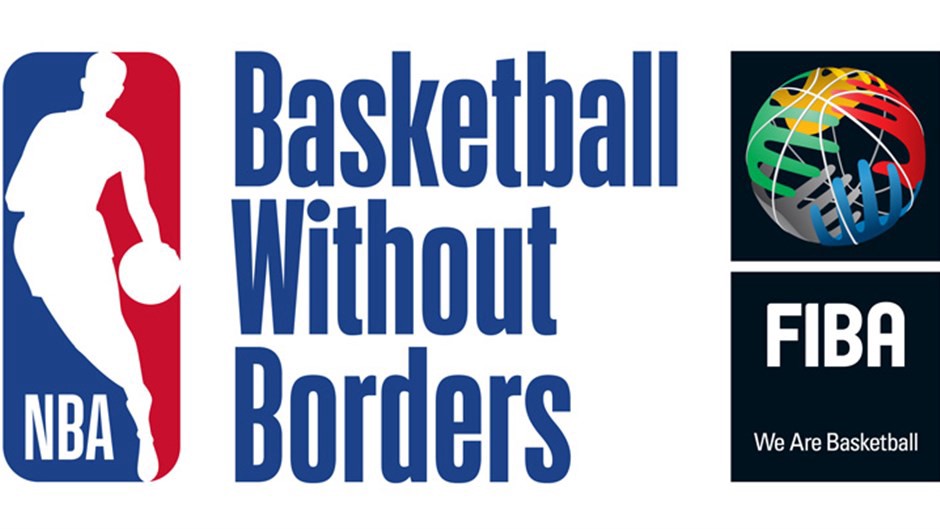
Now the NBA is creating permanent academies in various countries that have a developing interest in basketball. “We have about eight or 10 of them internationally,” said Denenberg. “One in China, one in India, where we’re again developing local talent. So it’s all part of the plan to really make the game truly global.”
Denenberg is quick to note, however, that much more went into this international basketball boom than the work of Stern alone. There were several hugely impactful players who also drove international expansion. “Yao Ming in China drove interest in the league exponentially from where we were before he was there. Obviously, Dirk Nowitzki in Germany as well,” Denenberg said.
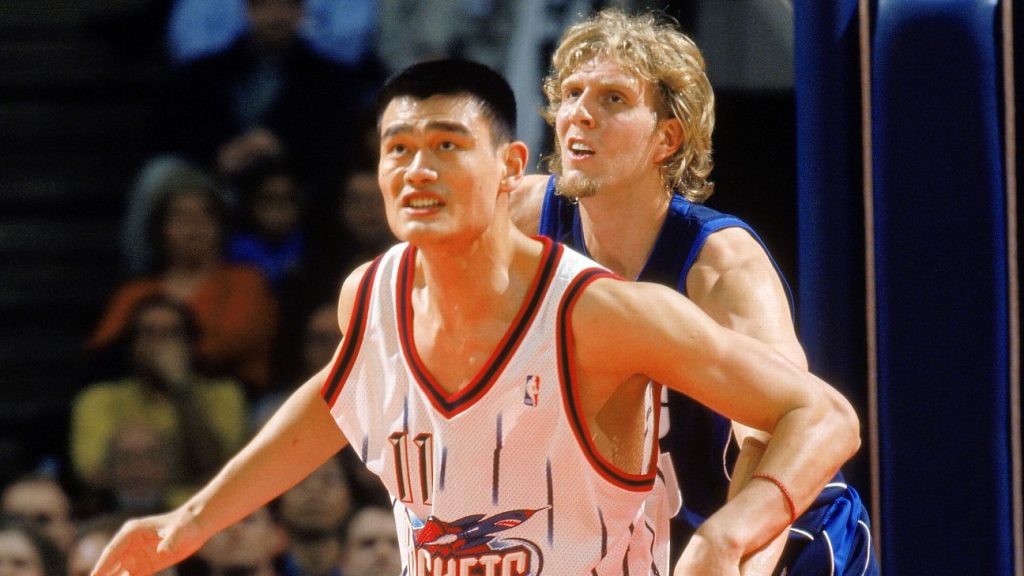
In addition, many experts such as Fran Fraschilla, former NCAA basketball head coach at several division I programs, and current ESPN NBA draft analyst specializing in international talent, believe the 1992 United States Men’s Basketball team, nicknamed the “Dream Team,” was the most significant driver in advancing global basketball interest.
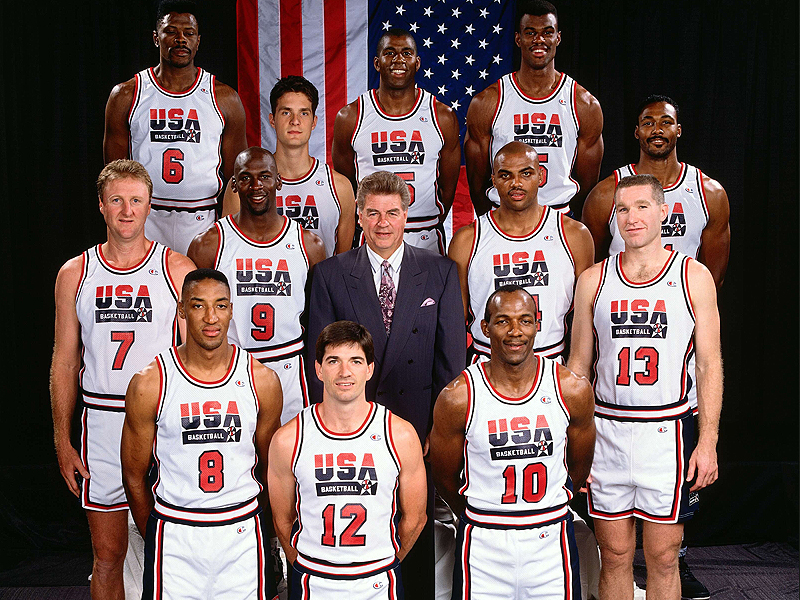
“All of this started back in 1992 when the Dream Team, arguably the greatest basketball team ever assembled, played in Barcelona,” said Fraschilla. “Magic Johnson, Michael Jordan, Larry Bird, the entire world saw this. All of a sudden, basketball became literally the second most popular sport on the planet behind soccer. Kids like Dirk Nowitzki, Pau Gasol, and Ricky Rubio, they all grew up after that era saying, ‘I want to play against the best, and the best are in the NBA.’”
Fraschilla’s assessment is evident when looking at the growth of international players in the NBA itself. Starting in the 1990s, there has been a relatively steady increase in internationally born players in the NBA.
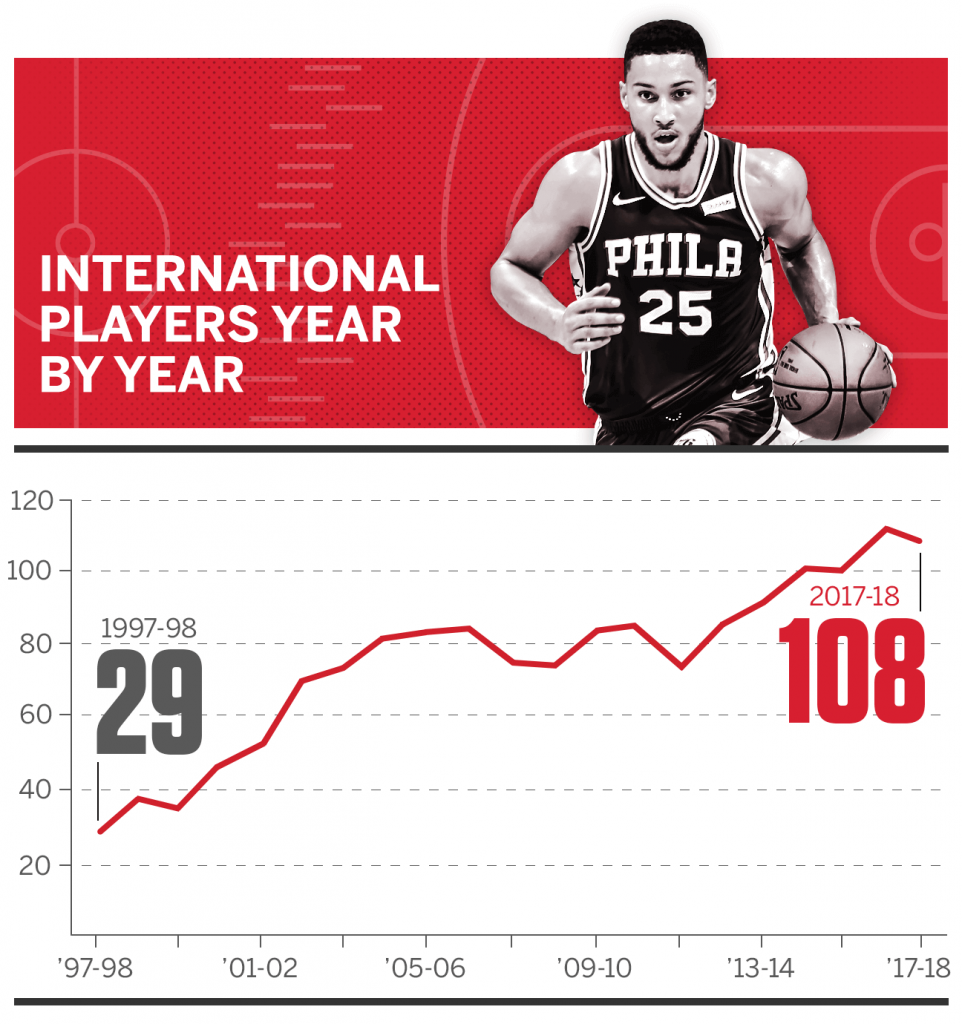
Some organizations were quick to start developing their international pipelines in light of these developments. For example, the Dallas Mavericks traded up to draft a widely unknown prospect from wine country, Germany in 1998. His name was Dirk Nowitzki, and after retiring last year, he will go down as one of the best players in NBA history, and arguably the best ever foreign-born player. This wasn’t the Mavericks first foray into drafting international players, however. In 1985, the Dallas Mavericks selected three internationally born players in the first round, a record that still stands today. Only five such players were drafted in the entirety of that first round.
Although all NBA organizations focus on international scouting today, not all international scouting is created equal. It was also the Dallas Mavericks who drafted Luka Dončić with the number three pick in the 2018 draft – coincidentally the same season that Dirk Nowitzki retired. It’s not a coincidence, however, that Dončić docked in Dallas. As reported by Tim Cato, Dallas Mavericks beat writer for The Athletic, the team had been scouting Dončić since he was a 13-year-old living in Slovenia.
Dončić, of course, is not the only young international player with an apparent path to dethrone Nowitzki’s status as arguably the greatest internationally born player. Given today’s landscape of international interest and talent, more foreign-born players are finding an increasing number of paths to the NBA and greater success once they reach the league, than ever before.
Part 2
“The Basketball World is Shrinking”
Not all paths to the NBA for foreign-born players are replicable – not everyone is Luka Dončić.
Dončić left his home country of Slovenia at 13-years-old for Real Madrid. Cato learned Dončić was simply too big, too skilled, too dominant to stay put. In a rare move most commonly seen in top level international soccer, Real Madrid’s basketball organization signed Dončić to their youth development program. At 16, he debuted for the professional team, making him the youngest in club history. Just two years later he led Real Madrid to the EuroLeague title, winning regular season MVP and final four MVP. And how could you forget that a year earlier, at 17-years-old, Dončić led Slovenia, along with veteran NBA point guard Goran Dragić, to the country’s first ever EuroBasket title. Simply put, the writing was on the wall.
In 2018, at 19-years-old, Dončić was taken third in the NBA draft by the Dallas Mavericks on his way to winning Rookie of the Year. When the 2019-2020 season resumes, Dončić will likely finish top five in MVP voting.
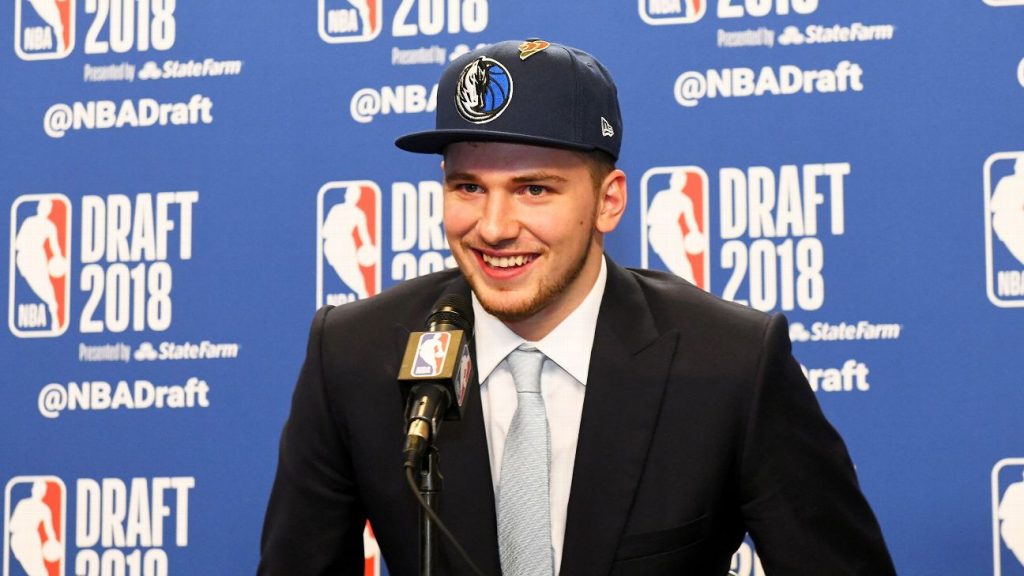
While replicating Dončić’s path to the NBA may prove nearly impossible, many international players do take a similar route to the league through European professional basketball. “The EuroLeague is the best teams in Europe from various countries, that when they are not in their domestic league on the weekend, are playing against each other during the week,” said Fraschilla. “That’s the second best league in the world… it is like Triple-A baseball compared to the MLB.”
Even in recent history, NBA organizations were skeptical of the transferability of talent from abroad to the NBA. Too many high draft picks with international success proved to be busts in the league (Darko Miličić, Ricky Rubio, Andrea Bargnani), while relatively unknown European players drafted late in the draft (Manu Ginóbili, Tony Parker), or not drafted at all (J.J. Barea, José Calderón), were making meaningful impacts.
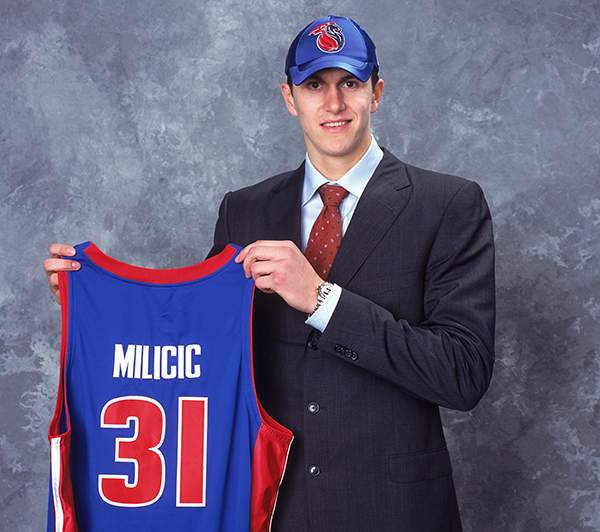
Today, that sentiment is fading. “It’s now proven that very good young players having success in the EuroLeague will translate to the NBA,” said Fraschilla. “Dončić was the MVP of the EuroLeague at 18, which is unheard of – it’s impossible to fathom. That’s a good indication that you’re going to have success in the NBA, but it’s turned out that he is having way more success than anyone could have realized.” Hints of the old-school sentiment are still evident in that two teams passed on Dončić in the draft.
For players without the acumen of a Dončić in the EuroLeague, there are still plenty of paths to reach the NBA. Those same Dallas Mavericks with the long history of drafting international players likely would have drafted Giannis Antetokounmpo if it wasn’t for owner Mark Cuban’s self-proclaimed, “biggest mistake as an owner.” Cuban, now infamously, overruled long time General Manager Donnie Nelson, who was “all in” on drafting Giannis, as reported by Tim Cato among others. It would be hard to truly blame Cuban at the time, however, because Giannis was an incredibly raw 19-year-old with sub-par production, still playing for his hometown professional team in Athens, Greece – Filathlitikos.
Stories like these only further inspire NBA organizations to enhance their international scouting focus to find the next diamond in the rough. For every Giannis Antetokounmpo and Luka Dončić, however, there are many foreign-born players taking the traditional “American” path to the NBA – through the NCAA.
Interestingly, as we continue to see more and more elite level US-born talent opt to forgo NCAA basketball for either the NBA’s developmental league – the G-League – or for one year stays at overseas professional teams, this is not the case for many foreign-born prospects. “For a family to be able to send a son or daughter to the United States to attend a university on a scholarship and play basketball is a very, very, very big deal because they value that education and academics as much or more than we actually value it here,” said Fraschilla.
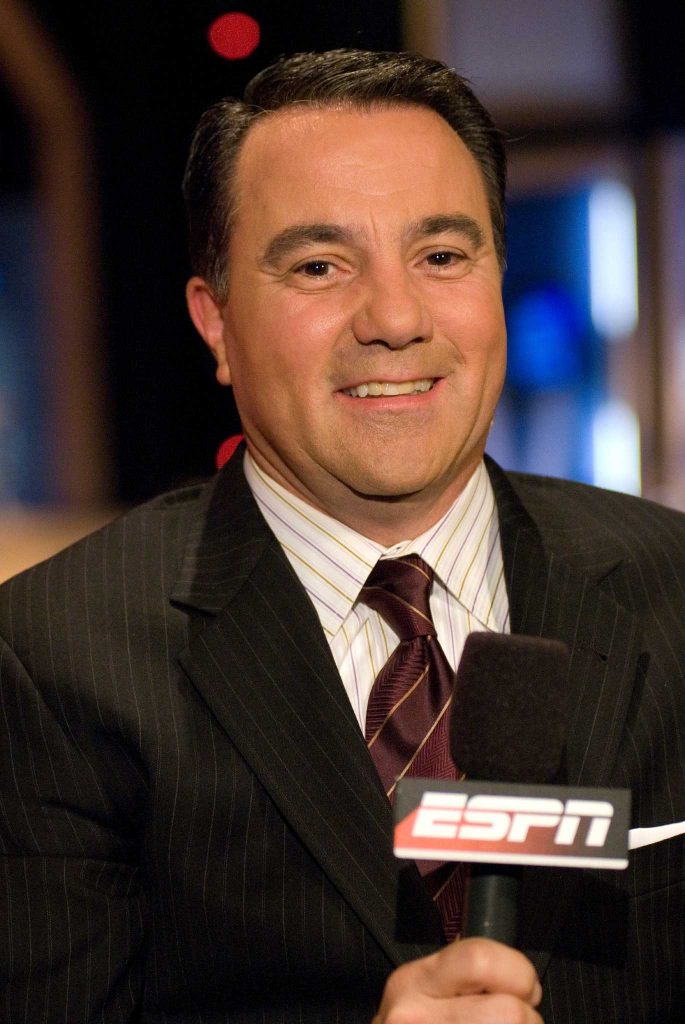
Pascal Siakam, the 2018-2019 NBA Most Improved Player and NBA Champion, started in the Basketball Without Borders program. Born in Cameroon, Siakam’s potential for exposure was slim, but there within lies the value of BWB. After being discovered by African-native NBAer Luc Mbah a Moute, Siakam was invited to the camp. Here he turned heads for his athleticism, relentless motor, and rapid development. Under the wing of Mbah a Moute and the advice of NBA executives at the camp, Siakam followed his three older brothers to the United States, where they had already played Division I basketball on various scholarships.
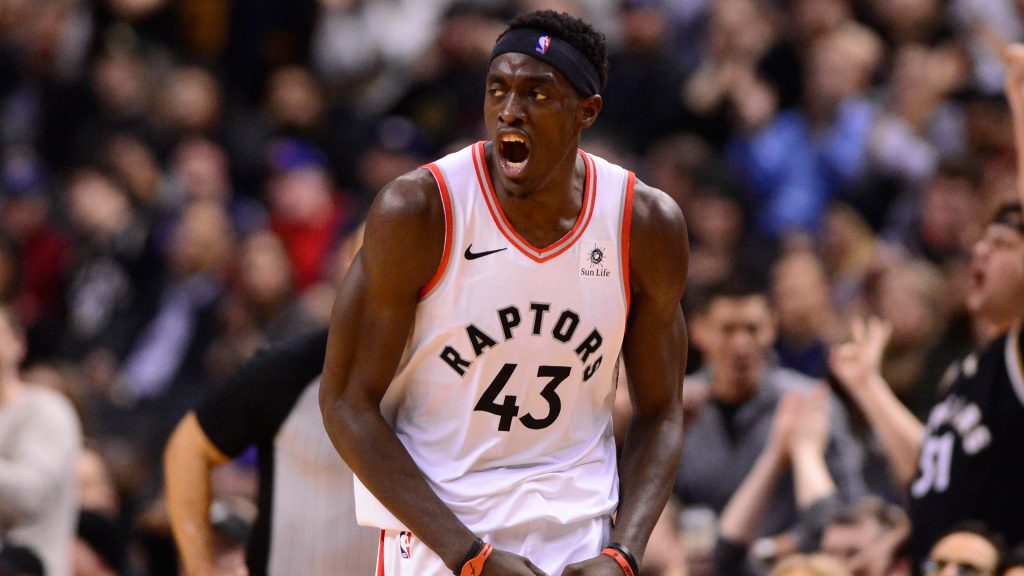
Siakam enrolled at a preparatory school in Texas where he began to refine his game. He would eventually receive a scholarship from New Mexico State on his way to becoming the 27th pick in the 2016 draft by the Toronto Raptors. The President of Basketball Operations for the Toronto Raptors, Masai Ujiri, was one of the NBA executives at that BWB camp, according to Jackie MacMullan of ESPN.
With that, US preparatory high schools, and division I programs across the nation, are starting to look for the next big international talent as well. Joel Embiid came to the US from Cameroon at 16 to join perennial high school powerhouse Monteverde Academy, before joining perennial college powerhouse Kansas on a full scholarship. After one year at Kansas, Embiid was the third pick in the 2014 NBA draft. Not every story ends as happily, but worst case scenario these international prospects are getting a free education in the US, like Siakam’s three older brothers.

Admittedly, choosing where to best launch your attack toward an NBA career can be tricky. Fraschilla rates the EuroLeague – and most of the domestic European leagues that make up the EuroLeague – in addition to Australia/New Zealand’s NBL (National Basketball League) as better than the NCAA in terms of overall level of play. Which leagues are better launching pads to the NBA is up for debate, primarily because many pathways are still largely untested.
In this year’s upcoming NBA Draft, we may see both LaMelo Ball and RJ Hampton drafted in the lottery. Both American-born players forwent the NCAA to play in the NBL where they made $500,000 playing against true professionals. LaMelo Ball, along with the celebrity of the Ball family, recently purchased his NBL team, the Illawarra Hawks. Many believe the team figures to become a breeding ground for American-born talent looking to profit off their play overseas before gaining eligibility to join the NBA draft the following year.
As Fran Fraschilla put it, “the basketball world is shrinking.”
Part 3
“I’ve Never Seen Anything Like That in American Sports”
According to official NBA rosters, Twenty-four percent of current NBA players were born outside of the United States. There were 108 international players on 2019-2020 opening-night rosters – and 11 more foreign-born players on two-way contracts that allow them to play in both the NBA and the G-League. Of these 108 players, a league-leading seven were on the Dallas Mavericks, and 30 players previously participated in a Basketball Without Borders camp. Canada, Australia, France, Croatia, and Serbia had the highest representation of players, in that order.
Check out the interactive map below to better visualize the makeup of today’s NBA. It features all active foreign-born players, in addition to notable retired foreign-born players. Click in the top right corner to open or close the list of players. Click on the markers for more information.
Some experts like Fran Fraschilla believe that the one-quarter mark is likely to hold true in the future, as the US continues to develop the majority of NBA players.
Others find this belief to be unlikely because many countries are just now producing facilities and programs for local basketball enthused kids, in addition to the NBA’s efforts to grow the game globally in these markets. Furthermore, as the number of international superstars continues to skyrocket, it will create new pockets of basketball frenzied countries across the globe, and a new generation of kids shooting hoops.
For example, Luka Dončić has inspired much of Slovenia. “Everybody wants to talk about him,” said Tim Cato. “Everybody knows who he is. Everybody wakes up and watches the highlights. Person after person I met there, I was just really struck by the omnipresence.”
Slovenia has also realized the importance of Dončić on an international scale. The country’s tourism department, Feel Slovenia, features him as the headlining tourist attraction. “Discover the homeland of basketball player Luka Dončić,” it says on video and web campaigns.
Dončić’s popularity carries over to the US as well. When he played against fellow Slovenian Goran Dragić in front of 3,000 pilgrimaging Slovenian fans, Cato was taken aback. “The Miami game is the moment I really realized just how much [Dončić] meant to Slovenia. To see that many people travel, stay to see him after the game, chanting, cheering, singing and doing all that stuff. I’ve never seen anything like that in American sports.”
It’s an impact that can only be made by a true international superstar, and an impact that Cato can only liken to Dirk Nowitzki and Germany, within the realm of the Mavericks organization. It is also an impact that has created a diverse fan base for the Mavericks. “There’s tangible moments where I realized, ‘oh man, this fan base is different,’ because it’s so international,” said Cato. “[The Mavericks] certainly have many German fans from [Nowitzki]… I text with someone from Slovenia, and I get emails from fans in China, so I would say it has been easy for international fans to embrace the team.”

Surprisingly, Cato’s sentiment of international interest in the Mavericks may not be a uniquely Dallas Maverick sentiment. According to TubeFilter, just over 25% of the NBA’s domestic social media channel viewership comes from the United States. Think about that, 75% of the league’s social media viewership is internationally based.
It is likely shortsighted to think the NBA’s future is only 25% international.
The recent boom of international interest may stem from the recent boom of international superstars. For much of the NBA’s history, foreign-born players have been serviceable at best. Never before has a foreign-born player been the face of the league, although Dirk Nowitzki along with Yao Ming, Hakeem Olajuwon, and Steve Nash, among others, definitely made a run for that title. Today, for the first time in league history, there is a very good chance that a foreigner will be the future face of the NBA, and Luka Dončić is one of the top contenders.
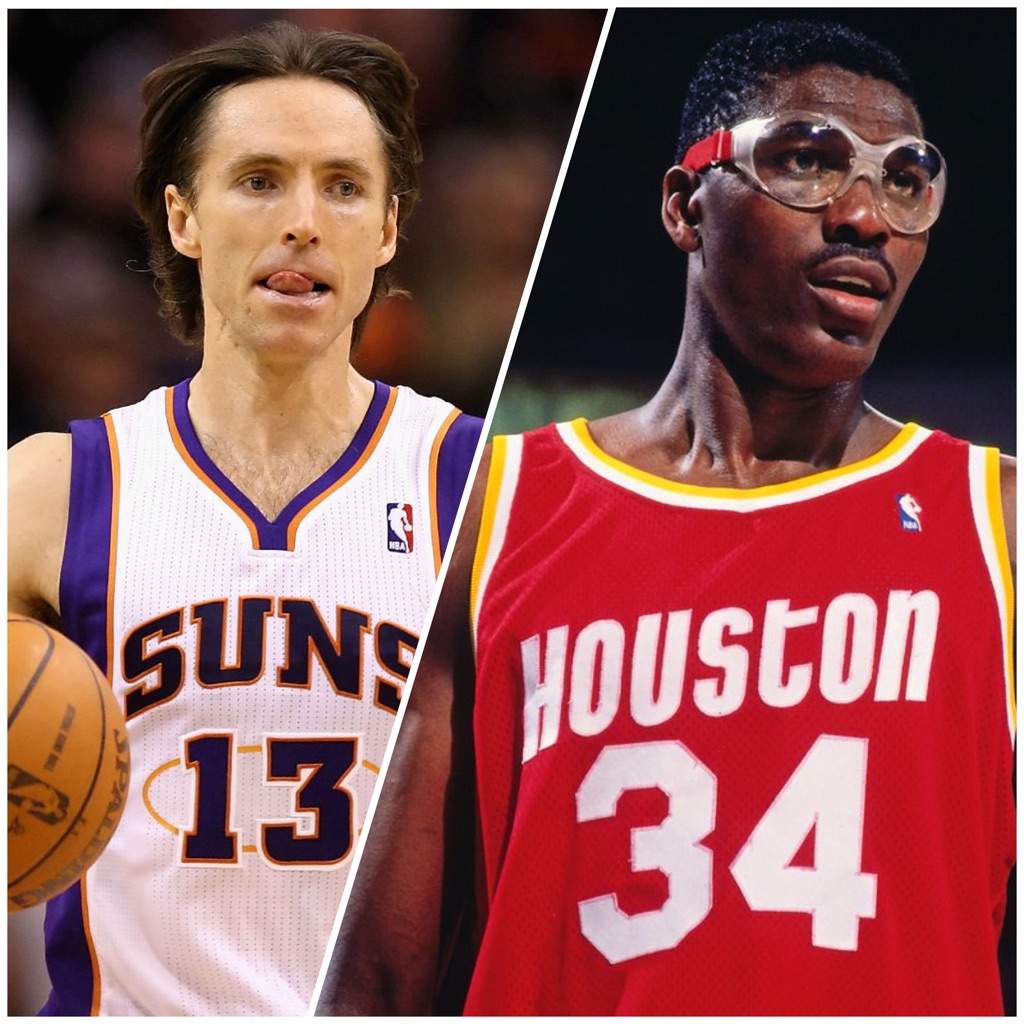
Who else is in the running? Most believe that Milwaukee Buck Giannis Antetokounmpo is the frontrunner, with Dončić not far behind. In the preseason anonymous NBA GM poll, Dončić and Giannis, along with Los Angeles Laker Anthony Davis, were the only players to receive votes for “if you were starting a franchise today and could sign any player in the NBA, who would it be?” This was before Dončić became a legitimate MVP candidate over the course of this season, and before Giannis doubled down on his 2018-2019 MVP season with an even more impressive campaign.
A legitimate argument can also be made for the 76ers’ Ben Simmons and Joel Embiid, or the Denver Nuggets’ Nikola Jokić. Furthermore, it would be irresponsible to sleep on Pascal Siakam, who may be the first player ever to win consecutive Most Improved Player awards.
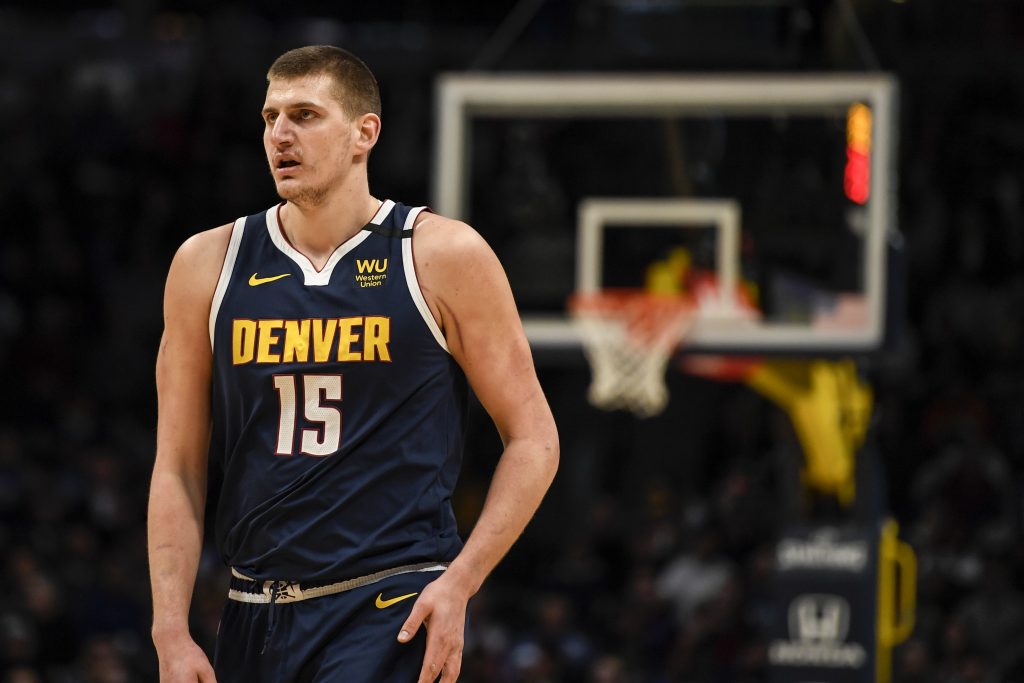
This is not to say there is a lack of American-born talent fighting for the title. New Orleans Pelican Zion Williamson started his rookie year with arguably the most hype of a player entering the league since LeBron James back in 2003 – and he did not disappoint. Fellow rookie Ja Morant made an immediate impact this year for the young and developing Memphis Grizzlies. Jayson Tatum was in the middle of a breakout season with the Boston Celtics before the Coronavirus suspension. Trae Young – ironically traded to the Atlanta Hawks for Luka Dončić on draft night – is the closest thing we’ve seen to Steph Curry since… well Steph Curry.
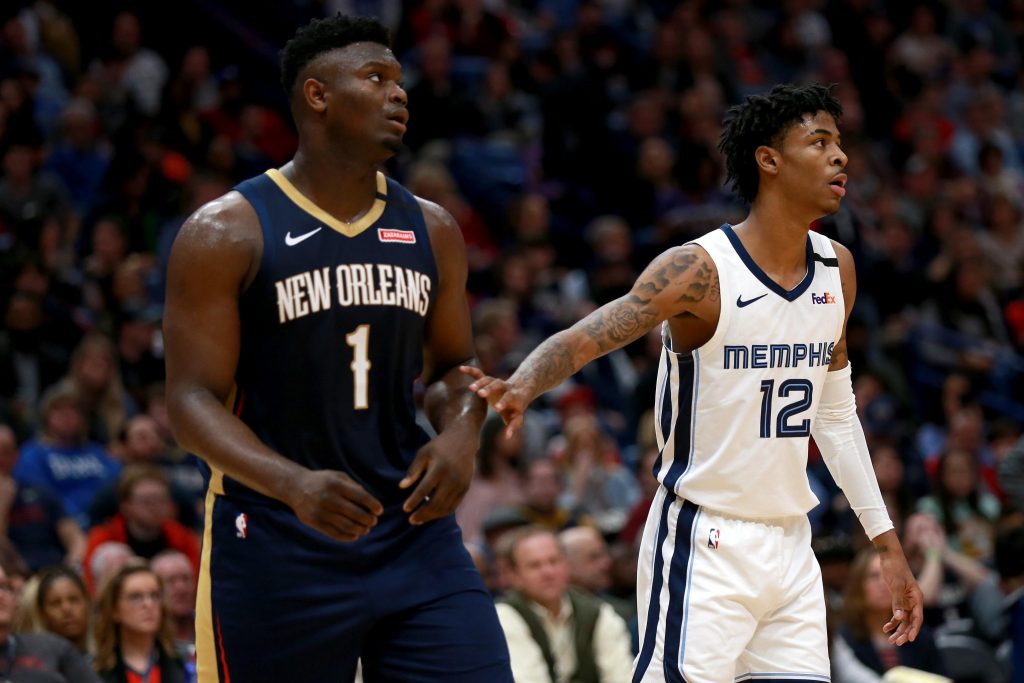

Either way, there is undeniably a new era of the NBA approaching. Maybe an American takes the torch from LeBron as history would suggest, or maybe the stalwart of international playmakers has something to say about that. Regardless, the scheduled squad of superstars looks far different than the superstars of today, and the superstars of the past.
It is also likely that the current forecast is just a precursor of what is to come from international talent. Starting with this year’s draft, there are more than a handful of hopeful internationals.
Listen below to Fran Fraschilla’s breakdown of this year’s top international prospects.
Part 4
“We Just Want to Continue to Grow the Game Globally”
What’s next? Where does the NBA go from here? Although it seems farfetched, some believe it’s only a matter of time before the NBA takes over the NFL as America’s sport. Will it reach soccer’s grasp on global importance? That seems more farfetched.
The NBA has a younger average viewer than the NFL, rising participation compared to football’s declining numbers, and a progressive stance on social issues that consistently places the NBA at the forefront of hot button topics. Unlike the NFL, the NBA is almost always on the “right” side of these issues in the eyes of its fanbase and the general public. Also, as the world shrinks with the pervasiveness of social media and instantly available news, the NBA seems uniquely positioned as America’s sport with the best potential to ascend into the global sports sphere, if it hasn’t already.
The NBA’s corporate team has no plans of slowing down now. They have already implemented various noon tip-offs on weekends – uncoincidentally prime time in Europe – highlighting many of the top international NBA players. They also organize showcase games around the world. David Denenberg mentions Mexico City, China, Japan, Africa, and throughout Europe as recent locations for such games. The league will also inaugurate a Mexico City based G-League team thanks to the booming popularity of the league in that 22 million person market.
What exactly does the NBA look like in the future? “That’s TBD,” says Denenberg. “It’s going to be hard to have an NBA team in Europe that’s part of the current NBA league, but there’s no reason we couldn’t replicate the NBA model and have an NBA of Europe… or wherever. I’m not saying that’s around the corner, but you certainly could.” This theory will first be tested with the Basketball Africa League, which will begin this year thanks to the plethora of talent developing in the continent.
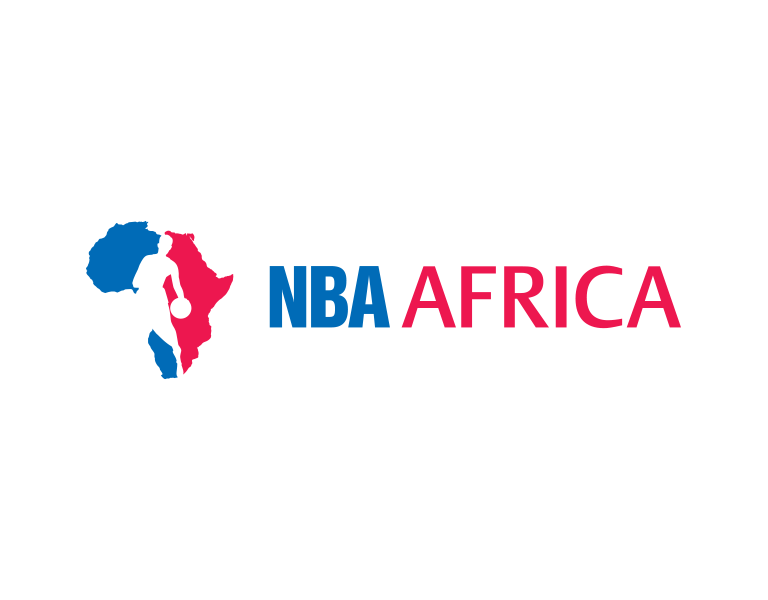
While speculation is fun, “for the immediate future, our goal is to continue growing the current NBA, and interest in the NBA, in all these countries,” said Denenberg. “Whether it be our social media initiatives, whether it be through our League Pass and other live game telecasts, or ancillary programming content, we just want to continue to grow the game globally.”
With great global reach comes great responsibility, however. Last offseason, the NBA jeopardized much of its Chinese business due to comments made by NBA executives – specifically Daryl Morey, Houston Rockets GM. After Morey voiced support for the protests in Hong Kong – notably a commonly held American ideology – all 11 of the NBA’s Chinese sponsors suspended ties with league. In addition, the Brooklyn Nets and Los Angeles Lakers, who were in China for a preseason showcase, were unable to effectively perform any of their preplanned meet and greets, clinics, camps or games. League commissioner Adam Silver struggled to put out the fire, as he tried to balance the fine line of upholding the NBA’s status as a player-first league and the importance of free speech, with the impending loss of millions, if not billions, in potential Chinese revenue.
It was an unusually dark week for the NBA and a lesson the league will have to keep in mind as it becomes more and more of a dynamic geopolitical player the way FIFA – soccer’s governing body – and the IOC – the Olympics’ governing body – are today.
The NBA figures to continue letting its players express themselves, however, as this stark contrast to the rigidity of the NFL and the MLB sets the league apart and appeals to a younger demographic. Most importantly, about 25% of these players are internationally-born, and more than 25% of the next generation of superstars are internationally-born as well.
As the saying goes, “it’s a superstar driven league,” and this applies to far more than just the on-court dynamic. Superstars in the NBA have a unique platform to express their opinions, beliefs, and feelings. Such a diverse cast of superstars will allow the NBA to be representative of not just the United States as a whole, but also the entire world. It allows the Slovenian kid from Miami to daydream about becoming the next Dončić. It allows the Nigerian immigrant in Greece to aspire to be the next Giannis.
The flood gates have opened.
By: Ethan Podell